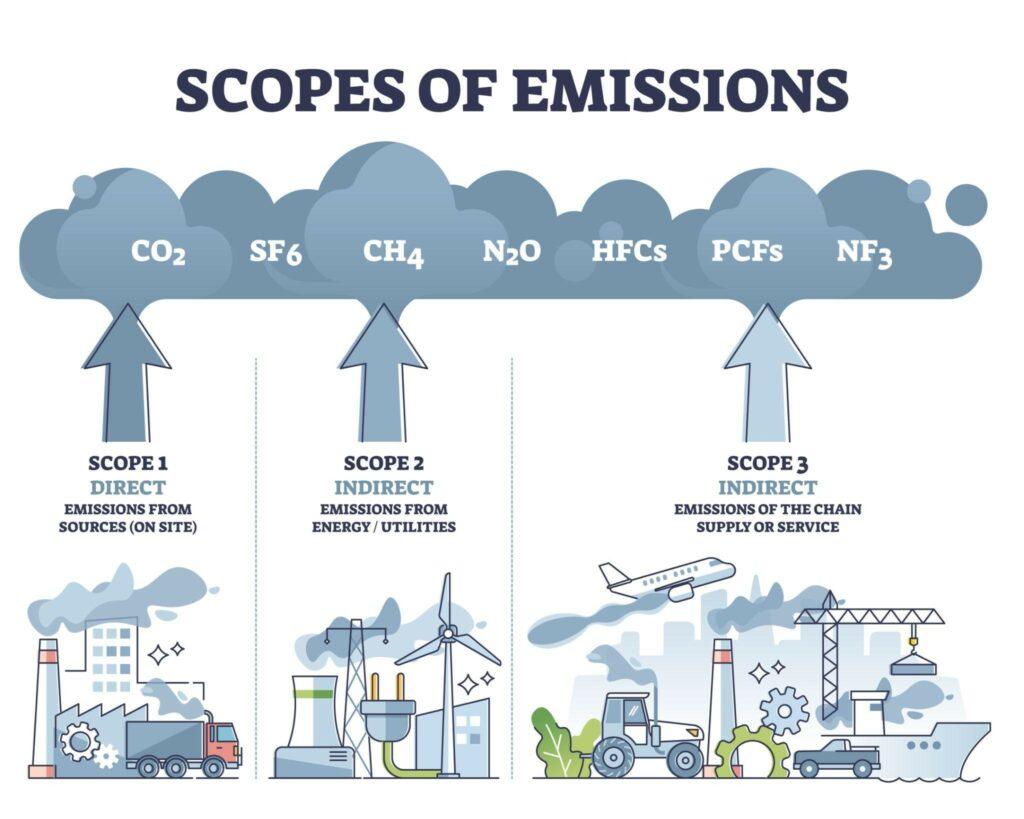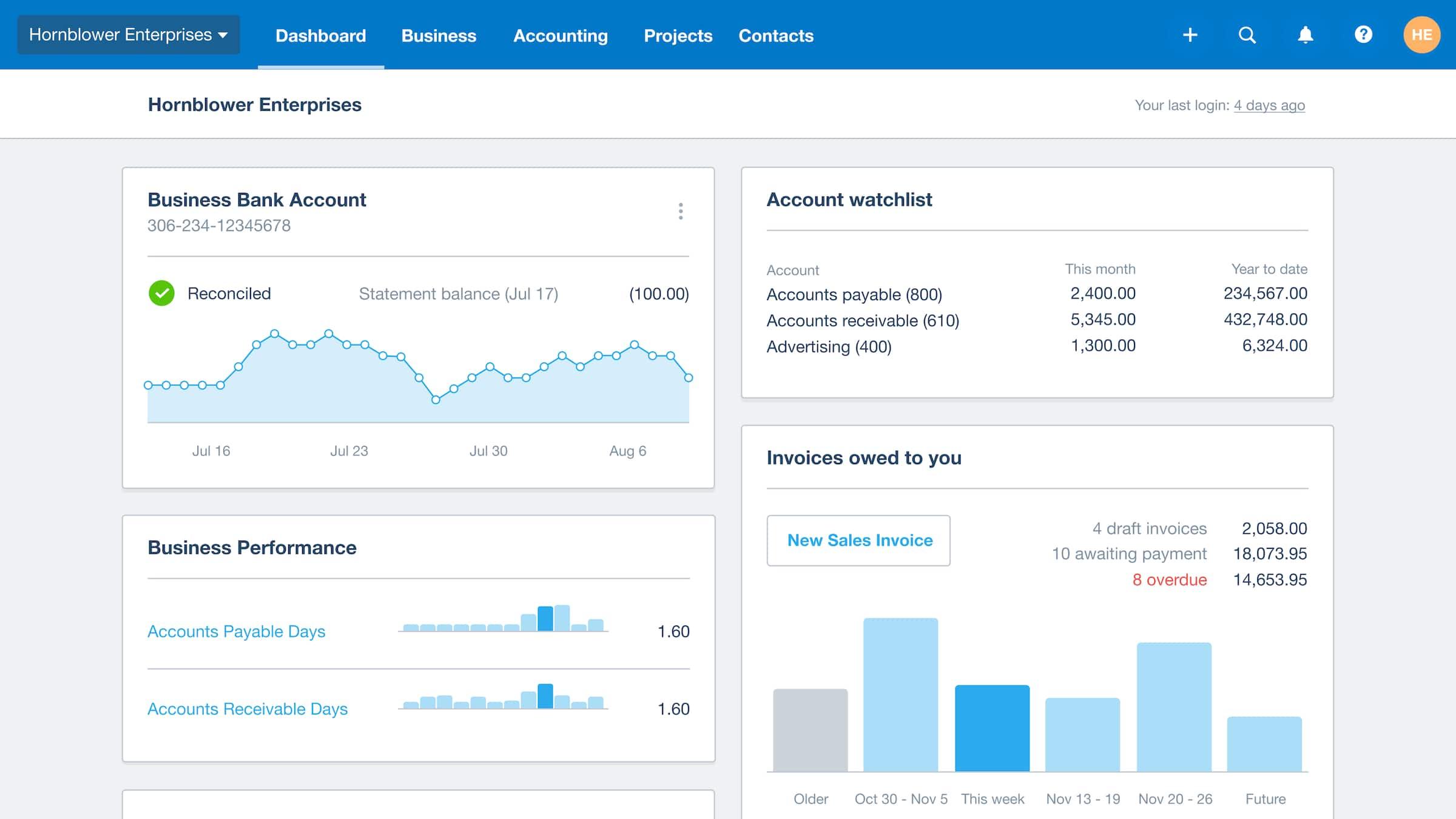Imagine a world where every molecule of carbon is accounted for, tracked, and understood. This is the realm of carbon accounting, a field that delves into the intricacies of carbon emissions, sequestration, and their impact on the environment. But what exactly is carbon accounting, and why is it so crucial in today’s world? Let’s explore the nuances of this complex but vital practice.
Understanding the Basics of Carbon Accounting
Carbon accounting is essentially the process of tracking and measuring greenhouse gas emissions associated with human activities. In simpler terms, it’s like keeping a carbon footprint of your organization or business. By , you can better assess the impact your operations have on the environment and take steps to reduce your carbon emissions.
When it comes to carbon accounting, there are a few key terms to know:
- Greenhouse gases: These are gases like carbon dioxide, methane, and nitrous oxide that trap heat in the Earth’s atmosphere and contribute to global warming.
- Emissions sources: These are the activities or processes that release greenhouse gases into the atmosphere, such as burning fossil fuels for energy.
- Carbon footprint: This is the total amount of greenhouse gases emitted directly or indirectly by an individual, organization, event, or product.

Key Components of Carbon Accounting Practices
Carbon accounting is a critical practice for businesses looking to measure and reduce their carbon footprint. By tracking and reporting greenhouse gas emissions, organizations can better understand their environmental impact and make informed decisions to mitigate climate change. There are several key components involved in carbon accounting practices that help companies accurately assess their carbon emissions.
- Emission Sources: Identifying all sources of greenhouse gas emissions within the organization, including direct emissions from operations and indirect emissions from the supply chain.
- Data Collection: Gathering data on energy consumption, transportation, waste production, and other activities that contribute to carbon emissions.
- Emission Factors: Using industry-specific emission factors to calculate the carbon footprint of different activities and processes.
- Reporting and Disclosure: Transparently reporting carbon emissions data to stakeholders, regulators, and the public to demonstrate environmental responsibility.
| Component | Description |
|---|---|
| Emission Sources | Identifying all sources of greenhouse gas emissions within the organization. |
| Data Collection | Gathering data on energy consumption, transportation, waste production, and other activities. |
| Emission Factors | Using industry-specific factors to calculate carbon footprint. |
| Reporting | Transparently reporting carbon emissions data to stakeholders. |

Benefits of Implementing Carbon Accounting Strategies
Carbon accounting is a systematic approach to measuring, managing, and reporting greenhouse gas emissions. By implementing carbon accounting strategies, businesses can track their carbon footprint and identify areas where they can reduce emissions. This not only benefits the environment, but also the organization itself. Here are some advantages of implementing carbon accounting strategies:
- Cost savings: By identifying inefficiencies and reducing energy consumption, businesses can save money on utility bills and operational costs.
- Improved reputation: Consumers are becoming more eco-conscious and are more likely to support businesses that are environmentally responsible.
- Compliance: Carbon accounting can help businesses comply with regulations and requirements related to greenhouse gas emissions.

Tips for Effective Carbon Accounting Practices
Carbon accounting is a critical tool for organizations looking to measure, manage, and reduce their carbon emissions. It involves tracking and reporting the amount of greenhouse gases emitted by a company’s operations, products, and services. By implementing effective carbon accounting practices, businesses can better understand their environmental impact and identify opportunities for improvement. Here are some tips to help you improve your carbon accounting efforts:
- Set clear goals: Define specific objectives for your carbon accounting program, such as reducing emissions by a certain percentage or achieving carbon neutrality.
- Use reliable data: Ensure that the data you collect is accurate, consistent, and up-to-date. Consider using software tools to streamline the data collection process.
- Engage stakeholders: Involve employees, customers, suppliers, and other key stakeholders in your carbon accounting initiatives to gain buy-in and support for your sustainability efforts.
In Conclusion
In conclusion, carbon accounting plays a significant role in helping organizations track and reduce their carbon footprint, ultimately contributing to the fight against climate change. By accurately measuring and reporting greenhouse gas emissions, businesses can make informed decisions to drive sustainability and create a more environmentally conscious future. So, the next time you hear “carbon accounting”, remember that it’s not just about numbers and figures – it’s about making a real difference for our planet. Let’s all do our part to protect the earth for generations to come.





